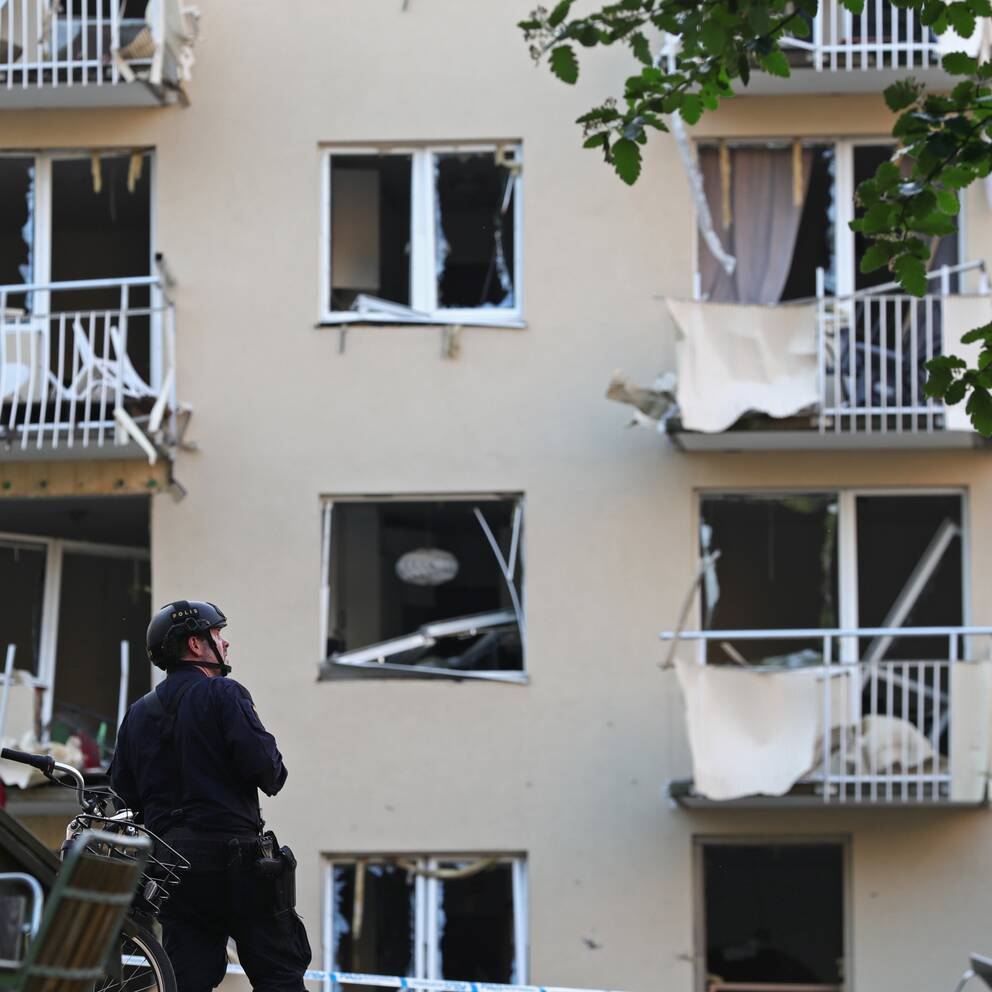Last year, MSB, the police, the emergency services and the ambulance care team together produced a new guide to "ongoing deadly violence" and now work is underway to implement the new way of working in the organizations.
The discussions around the guidance were largely about how rescue personnel should act when there is a risk that the perpetrator may be likely to harm blue light personnel as well.
Dilemma to stand and wait- It becomes a dilemma for the rescue personnel to stand and wait some distance from the site, while the public or relatives arrive and take care of the injured. How does this affect the confidence of the rescue personnel? says Yvonne Näsman, administrator at MSB, Swedish Agency for Social Protection and Emergency Preparedness.
- The police were then also clear that they will not be able to guarantee the safety of other blue light personnel at the start of the operation. The previous reasoning about "safe place" was changed during the work on the guidance to the concept of "sufficiently safe", says Ove Brunnström, administrator at MSB.
The dilemma is that the police sometimes have to work to stop the violence while at the same time the ambulance personnel or emergency services need to carry out life-saving efforts. This means greater risks for the blue-light staff.
Goes in earlier- Then we need to work on the concept of risk in a different way. If we assume that the place must be completely safe, we lock the situation. If we think it should be sufficiently secure, we can move forward instead, says Daniel Hedman, commissioner of the National Tactical Council, which is part of NOA, the police's national operational department.
This means that rescue personnel and ambulance personnel will be able to enter earlier than before.
- In such places, a different tactical approach is needed. The public expects us to act. At the same time, we cannot completely control the risks, such as at an accident site, says Peter Arnevall, rescue manager in Greater Stockholm.
Waited until the police secured the placeHe explains the change like this:
- Before, for example, we never went into environments where we knew that there could be people with weapons. We waited until the police shouted: “Everything is being searched. The building is secured. ”Now we are instead working so that we let the police try to harm the perpetrator while we can enter another part of the building where the risk is lower at that time.
Ongoing lethal violence means that there is a perpetrator who continues to practice violence. In the case of explosions, the situation may be more static.
- These are difficult decision situations, because there are likely to be consequences no matter what. That is why mental preparation is so important. We have an obligation to do something the way we can, ”says Daniel Hedman.
"Decisions that do not receive applause"In other countries, it is not uncommon for a second detonation, with the aim of injuring rescue personnel, points out Peter Arnevall at the Rescue Service in Greater Stockholm. In addition, it is difficult to judge from the outside whether a building will collapse or not.
- When it comes to bombs, a more passive approach can be reasonable, just as they did in Linköping. If someone had been lying and bleeding, they would have been criticized - or if three firefighters had gone in and the house had collapsed. There are very few decisions that receive applause, says Peter Arnevall.
- One of the conclusions of the guidance is the importance of the blue light players being allowed to plan, train and practice together so that the staff is mentally prepared. We have therefore invited the regions to join forces and practice with police, emergency services and ambulance care so that everyone speaks the same language and understands each other, says Yvonne Näsman from MSB.
The browser is not supported
SVT does not support playback in your browser. We therefore recommend that you switch to another browser.
Learn more about browser support
You need JavaScript enabled in your browser to view this video.
Hear eyewitnesses tell us about the explosion on Ådalagatan in Linköping on June 7 this year. "The pressure wave lifted the whole car, I just gassed." Photo: Jeppe Gustafsson
